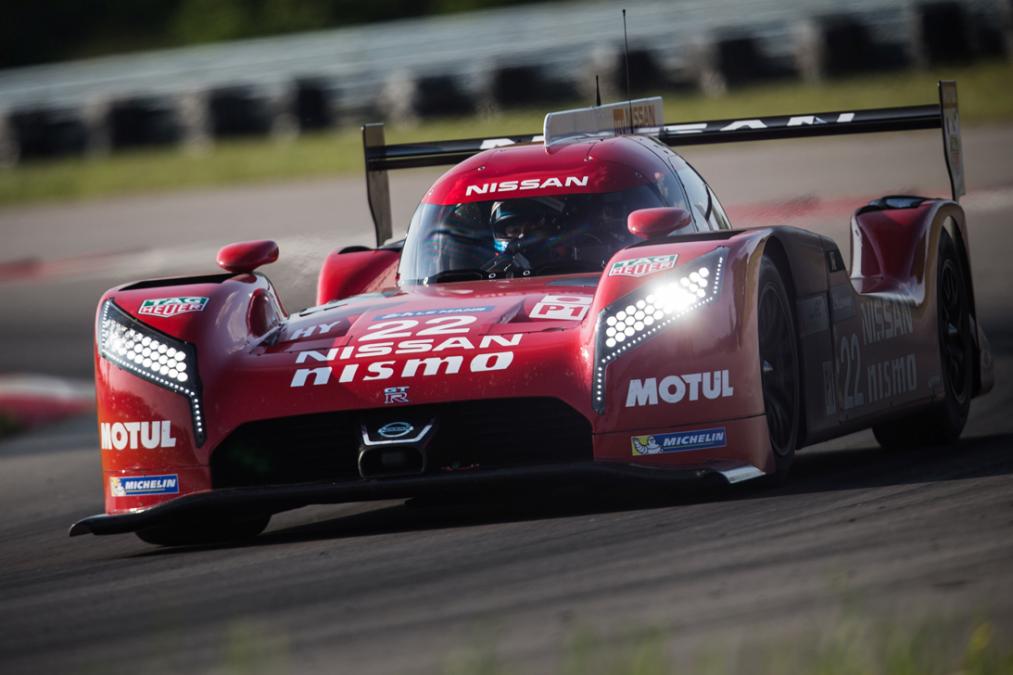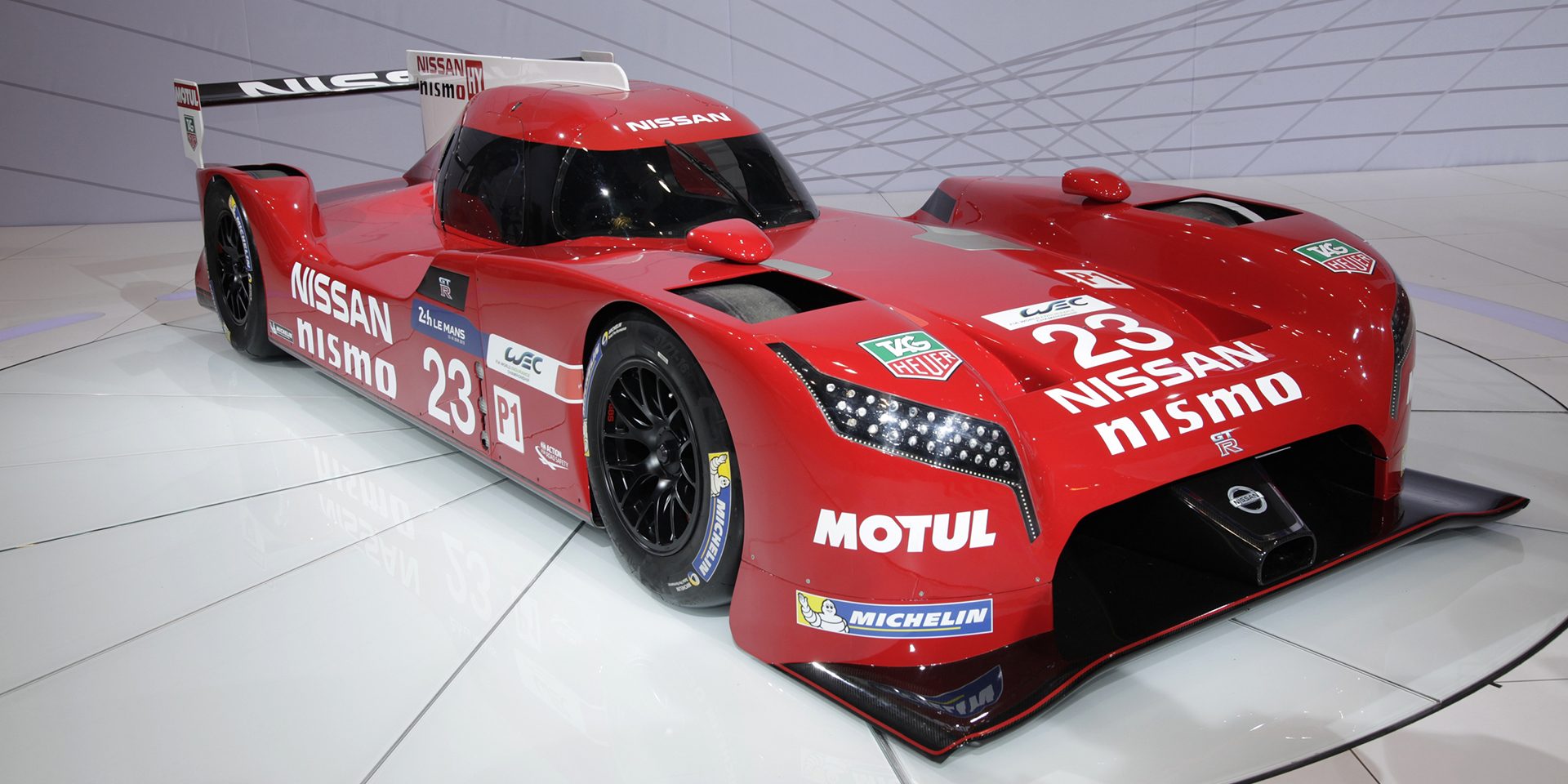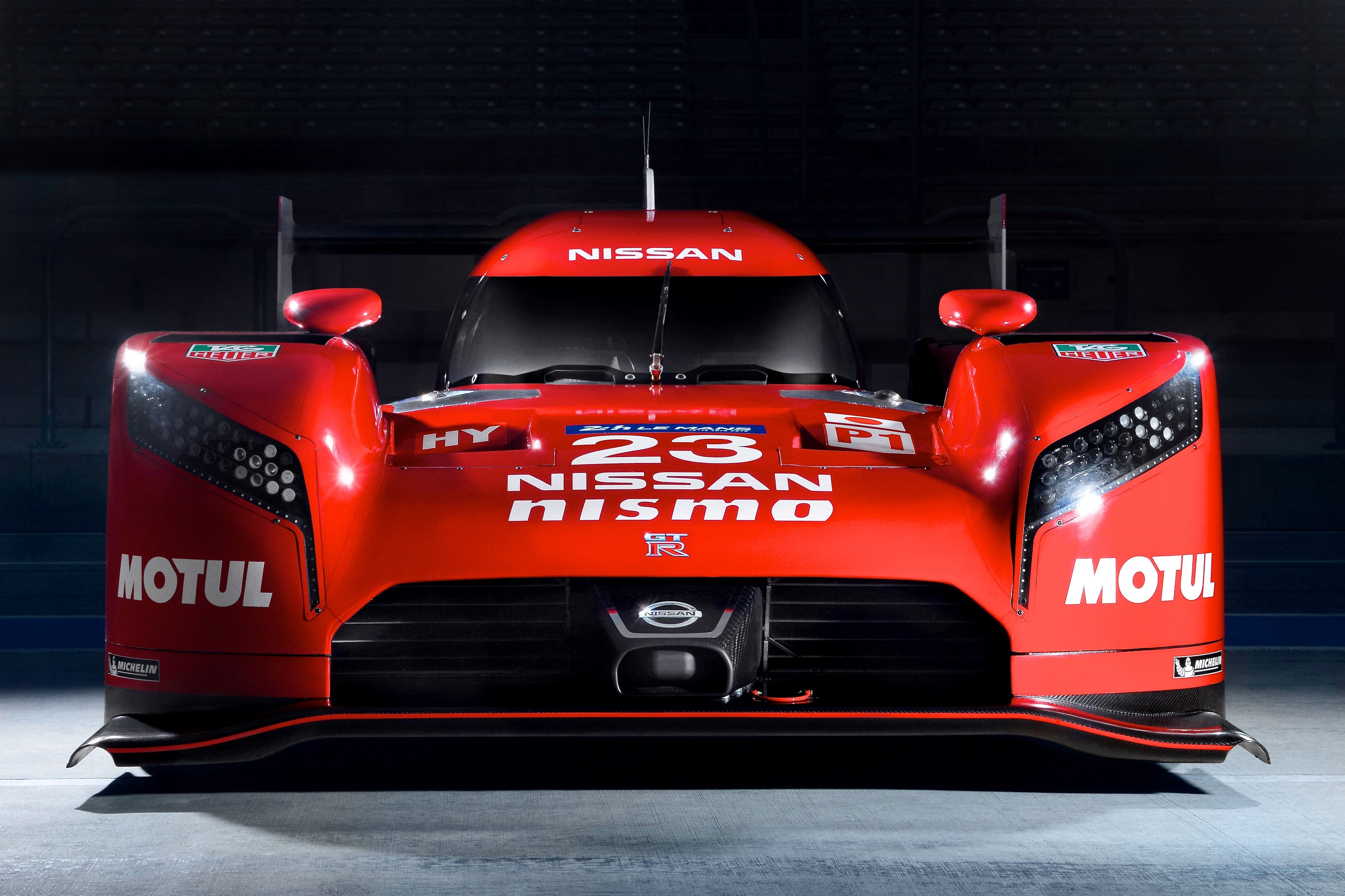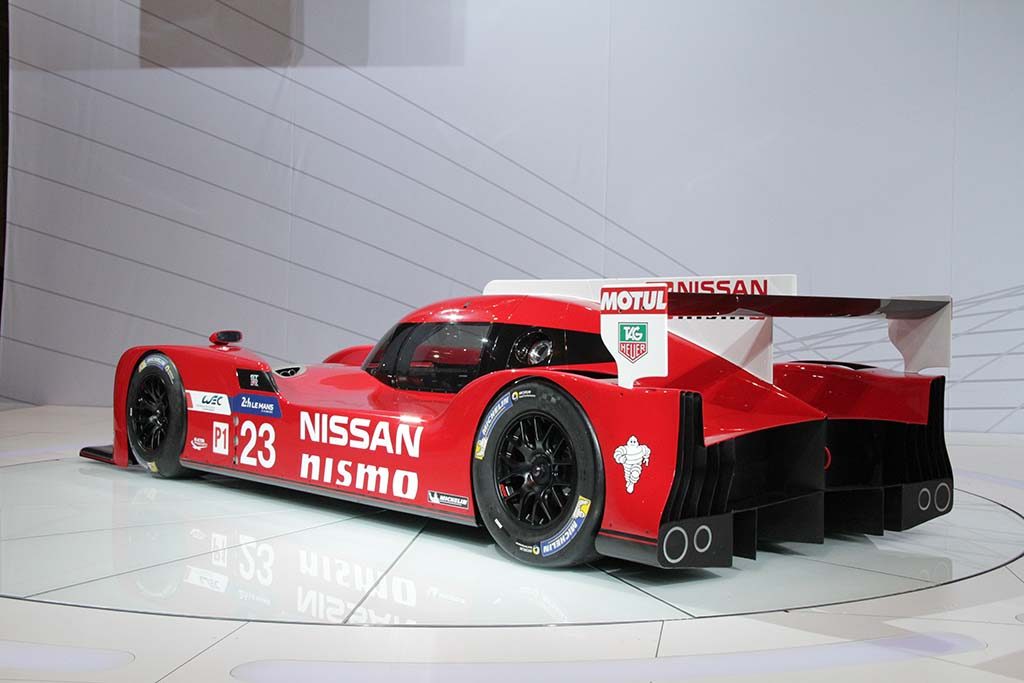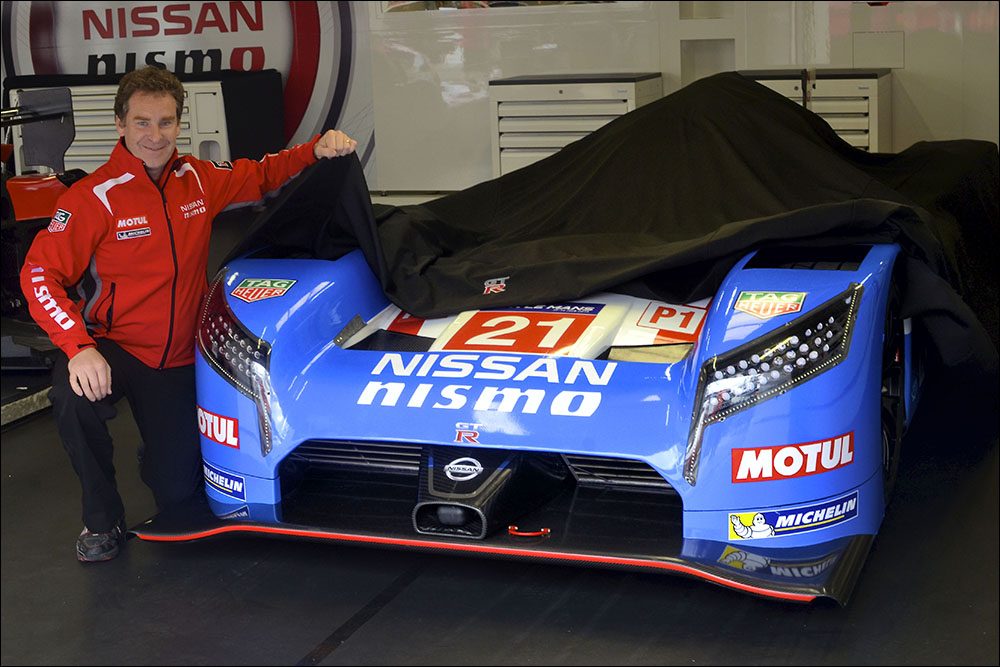If you look up the word "joke" in the dictionary.
I have to stick up for the the GTR LM here, because not only is what you've said not exactly accurate, but also shows you don't understand the thinking behind the project.
We'll start off with the one thing you are right about: the car clearly wasn't ready for Le Mans, or indeed for racing this season at all. The hybrid system wasn't working, which not only meant they were as much as 700hp down on power (but still lugging the weight around), but meant they had no brake regen, so stopping distances were massive and the discs were overwhelmed. In its underdeveloped state, the suspension was too fragile to handle kerbs so the drivers often had to use dirty parts of the track to avoid damaging anything. Those two factors alone lost them arguably tens of seconds per lap.
However, let's think of the two big reasons why they ran with this concept. First, the way the current LMP1 regs are set out, there are strict limits on the amount of rear downforce the cars can run. For that reason, Nismo developed a car which focussed its aero performance around the front of the car. This in turn led the engineers to place the engine ahead of the driver (so that weight distribution was in closer equilibrium with the aero balance), and eventually to send ICE power to the front wheels. It also meant that it could be much less draggy than the mid-engined LMP cars, giving it potential for higher straight line speeds. Very handy at Le Mans.
In response to
Front wheel drive works in a 350hp touring car, not a 1200hp+ hybrid LMP
Well thanks to the aforementioned lack of hybrid power, the
actual figure going through the fronts at Le Mans was nearer 550hp - which given 14"-wide front slicks and a heap of downforce seems is entirely reasonable at a time when hot hatches with road tyres have 300hp+. Had they managed to get the hybrid system working how they'd hoped, it would have been sending the rest of the power to the back anyway...
Despite running at less than half the power they were hoping for, the GTR LM was still faster than the Audis, Porsches and Toyotas at the end of Le Mans' long straights, which goes a long way to proving that the concept has plenty of potential.
The second reason for Nismo going down the route it has is to do with budget. It decided to go against the "tried and tested" formula of the other three, figuring it would be hard to beat rival manufacturers with more money and years of extra experience (i.e Audi) without trying something radically different to beat them.
So it didn't work this year. Big woop. Regardless, I completely respect Nissan for having the balls for doing something so unusual. You don't like the way it looks? Fine, that's subjective. Personally, I love it, especially in the retro colours the #21 used.
Nismo isn't just trying to be weird, it wants to win. Some of the engineering involved in the GTR LM is absolutely fascinating, and when everything is actually running how it should, I'm really interested to see how it turns out.

